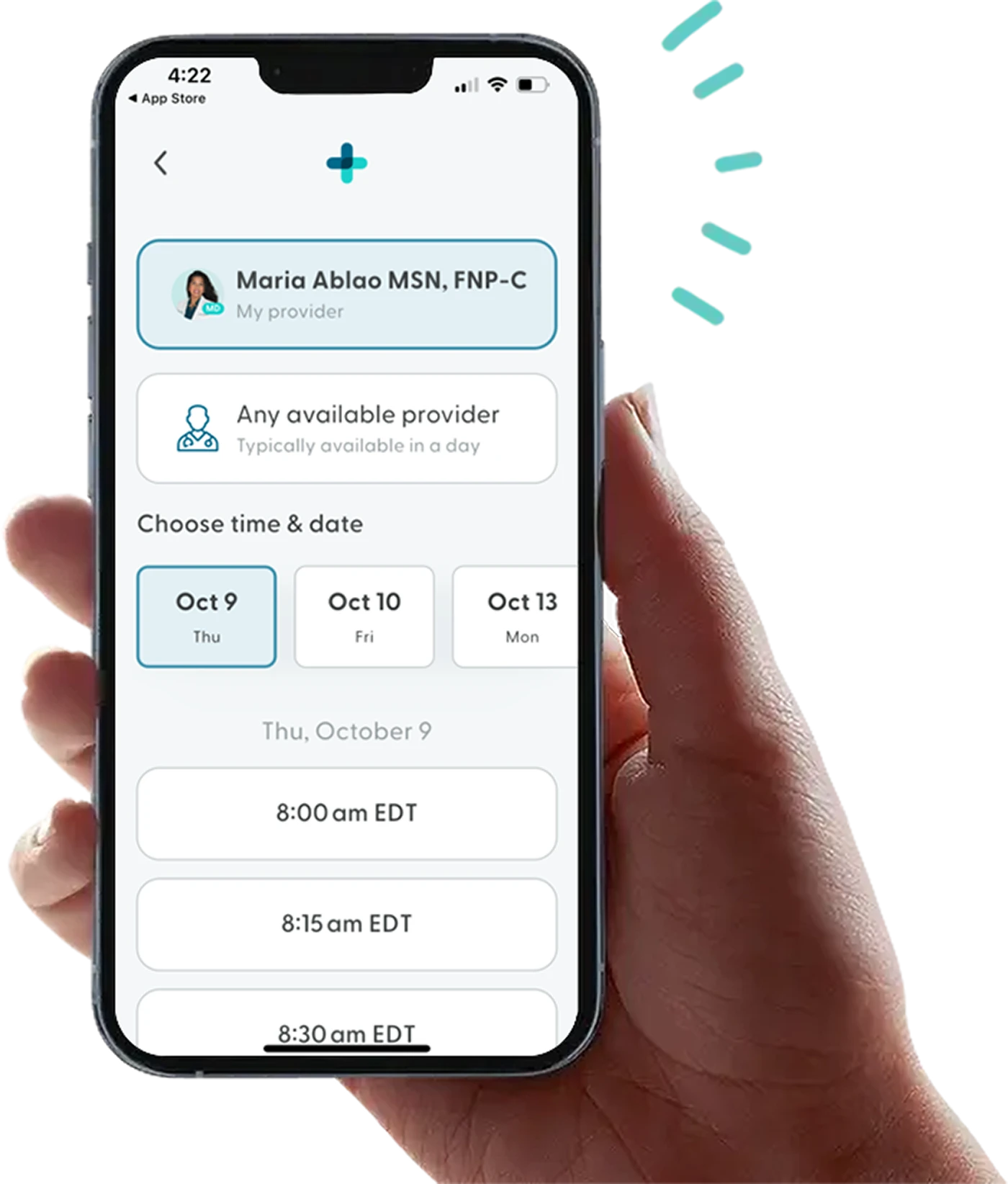Can Weight Loss Reverse Fatty Liver Disease?
The liver is one of the most essential organs in the body. It’s responsible for various bodily functions like digesting fats and excreting waste. The effects of liver complications can show up physically in your body even if you feel okay internally. Liver complications can lead to a buildup of fat in the liver that can disrupt important bodily processes.
Excess fat in the liver is often associated with obesity and other health conditions. In the U.S., the rate of NAFLD continues to grow as more people are diagnosed with obesity and other chronic health conditions. However, weight loss efforts may help to reduce symptoms and reverse fatty liver disease.
What Causes Fatty Liver Disease?
Fatty liver disease (often referred to as non-alcoholic fatty liver disease) is when an excessive amount of fat grows in the liver. Nonalcoholic fatty liver disease (NAFLD) and alcoholic fatty liver disease are the two main types of the condition.
Heavy drinkers may develop alcoholic fatty liver disease after drinking excessively for a long period of time. Typically, the liver breaks down alcohol and filters dangerous substances out of the blood. If the body consumes too much alcohol, a buildup of fat in the liver can make it more difficult for the liver to perform this essential function.
On the other hand, nonalcoholic fatty liver disease (NAFLD) is often the result of chronic health conditions like obesity. Along with obesity, the following health conditions have an increased risk of developing fatty liver disease:
Hypertension
High cholesterol
Alcoholism
Hepatitis C
The risk of fatty liver disease is higher for Latin American populations in the U.S. and middle-aged to elderly adults as well. Be sure to reach out to thoroughly share your family health history with your healthcare provider if you have loved ones with fatty liver disease. This can help your healthcare provider take a closer look at any potential symptoms if needed.
What are Common Symptoms of Fatty Liver Disease?
Symptoms from fatty liver disease vary depending on the cause of the fat buildup in your liver. But overall, most people don’t experience many symptoms when they have NAFLD or alcoholic fatty liver disease. However, health experts have found reports of fatigue and abdominal pain on the right side of the abdomen in those diagnosed with fatty liver disease.
Simple fatty liver is a milder form of NAFLD that does not typically lead to liver damage or high levels of inflammation. On the other hand, nonalcoholic steatohepatitis (NASH) is a type of NAFLD more likely to lead to liver damage, fibrosis, and scarring.
How is Fatty Liver Disease Diagnosed?
Because symptoms are often undetectable, a healthcare provider may ask you about your alcohol use and conduct a series of liver tests, blood tests, and imaging tests to assess fat buildup in your liver. A healthcare professional may conduct the following tests to assess fat buildup on the liver:
Ultrasound
Magnetic Resonance Imaging (MRI)
Computed tomography (CT) scan
Magnetic resonance elastography (MRE)
NAFLD fibrosis score
One of the best ways to detect NAFLD and NASH is with a liver biopsy. A liver biopsy consists of cutting out a small piece of liver tissue for a healthcare provider to assess. However, your healthcare provider may not conduct this test unless necessary because of the invasiveness of the procedure.
How Does Fatty Liver Disease Affect Weight?
As the rate of obesity climbs, health experts have observed an increase in nonalcoholic fatty liver disease diagnoses as well. One of the main recommendations for the treatment of NAFLD in those who are obese or chronically overweight is to lose weight. Weight loss can help reduce inflammation and a buildup of fat in the liver. However, weight loss is not always the answer to reversing fatty liver disease. In some cases, a medication or preexisting health condition may cause NAFLD.
How to Lose Weight to Reverse Fatty Liver Disease
The good news is the liver is able to repair itself in the early stages of fatty liver disease. Health experts recommend those with fatty liver disease cut out alcohol and high-fat foods to help with reversing fatty liver disease. Harmful foods and lifestyle habits can lead to an increase in fat on the liver and make it more difficult for the liver to function efficiently.
Weight loss lowers your risk of liver inflammation and liver scarring as well. While fatty liver disease can be reversed, liver damage is permanent if not prevented early.
To start your weight loss journey, consider incorporating the following healthy habits:
Cut out snacks that are heavy in fat.
Cook with healthier oils like olive oil and avocado oil.
Eat a well-balanced diet rich in fresh fruits and vegetables.
Limit your alcohol intake to no more than one to two drinks a day.
Be consistent with taking prescribed medications.
Try to consume fewer carbohydrates in your diet.
Increase your protein intake.
Be sure to listen to your healthcare provider about how to determine your weight loss goals. On average, a healthcare provider may recommend losing around seven to 10% of your body weight to reverse NAFLD. Still, every weight loss goal varies depending on your individual health profile.
Additional Tips for Weight Loss to Reverse Fatty Liver Disease
Health experts have found that the Mediterranean diet may be beneficial for those with NAFLD. The Mediterranean diet is a low-fat diet rich in fiber, polyunsaturated fats, and antioxidants. It consists of fish, olive oil, fresh fruit, legumes, nuts, and more.
According to research, participants experienced an improvement in insulin sensitivity and a lower risk of NASH while following the Mediterranean diet.
It can be difficult to incorporate so many lifestyle changes at one time, especially if you have a busy everyday schedule. Getting an adequate amount of physical activity daily is a key component of weight loss. However, it’s important to focus on the most effective forms of exercise, especially if you only have so much time everyday.
Health experts recommend getting more aerobic exercise along with eating a low-fat diet to get the best results for reversing fatty liver disease. Generally, health experts recommend engaging in at least 150 minutes of moderate to intense aerobic activity weekly. You can start by making small changes like getting up and moving around if you tend to sit for hours during the day.
For those who need additional support, GLP-1 medications like Wegovy (semaglutide) are a promising treatment option in addition to getting exercise and eating a well-balanced diet. Originally developed to help regulate blood sugar and appetite, these medications have also shown encouraging results in promoting weight loss — up to 20% of body weight in some cases. While they’re not a cure, GLP-1s represent a powerful step forward in managing NAFLD for people who’ve struggled with weight loss through diet and exercise alone.
Where Can I Learn More About Weight Loss?
While fatty liver disease is often difficult to detect, weight loss can help you get ahead of it and other potential chronic health conditions. For most people, making drastic lifestyle changes to live a healthier life can be challenging, but LifeMD is here to help.
The LifeMD Weight Management Program gives those who qualify access to FDA-approved weight loss medications to help them lose weight faster. LifeMD also provides you with access to licensed healthcare professionals who can help you develop healthy eating habits and answer any questions you may have on your weight loss journey.
More articles like this
Feel better with LifeMD.
Your doctor is online and ready to see you.
Join LifeMD for seamless, personalized care — combining expert medical guidance, convenient prescriptions, and 24/7 virtual access to urgent and primary care.

GLP-1
Zepbound® Wegovy® Saxenda®
This is it! Be part of the weight loss movement everyone’s talking about.
Get Started Now
 Medically reviewed and edited by
Medically reviewed and edited by 













